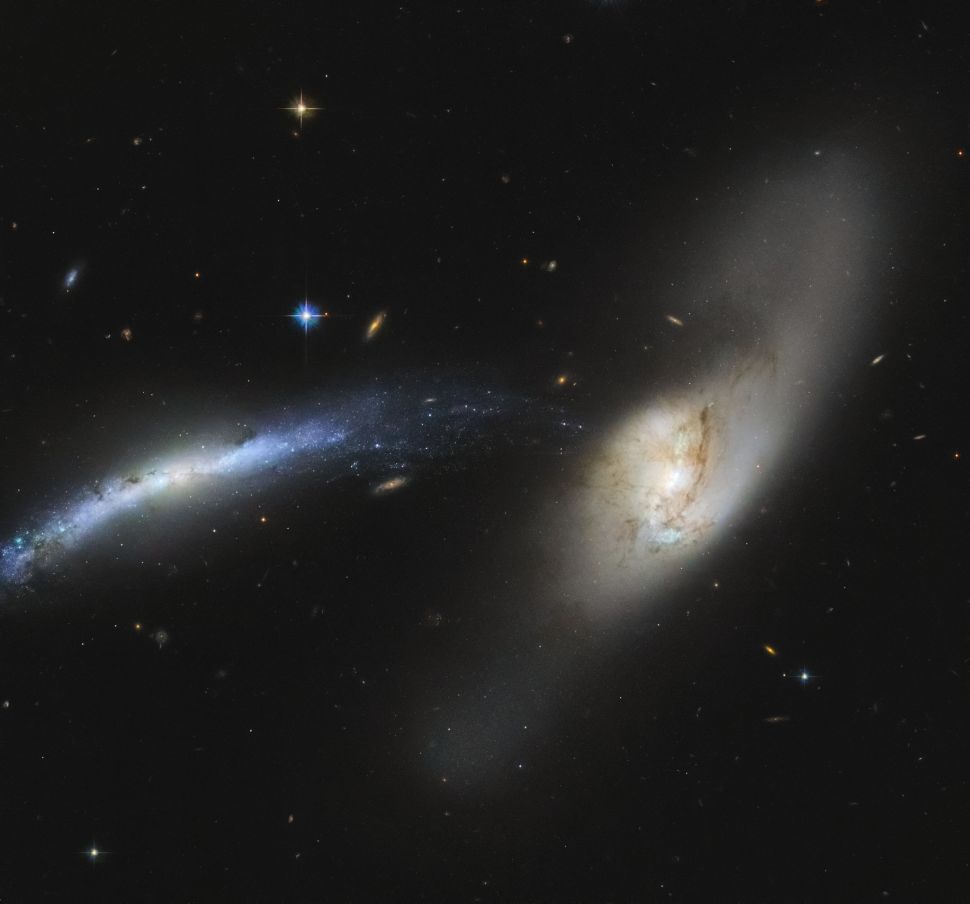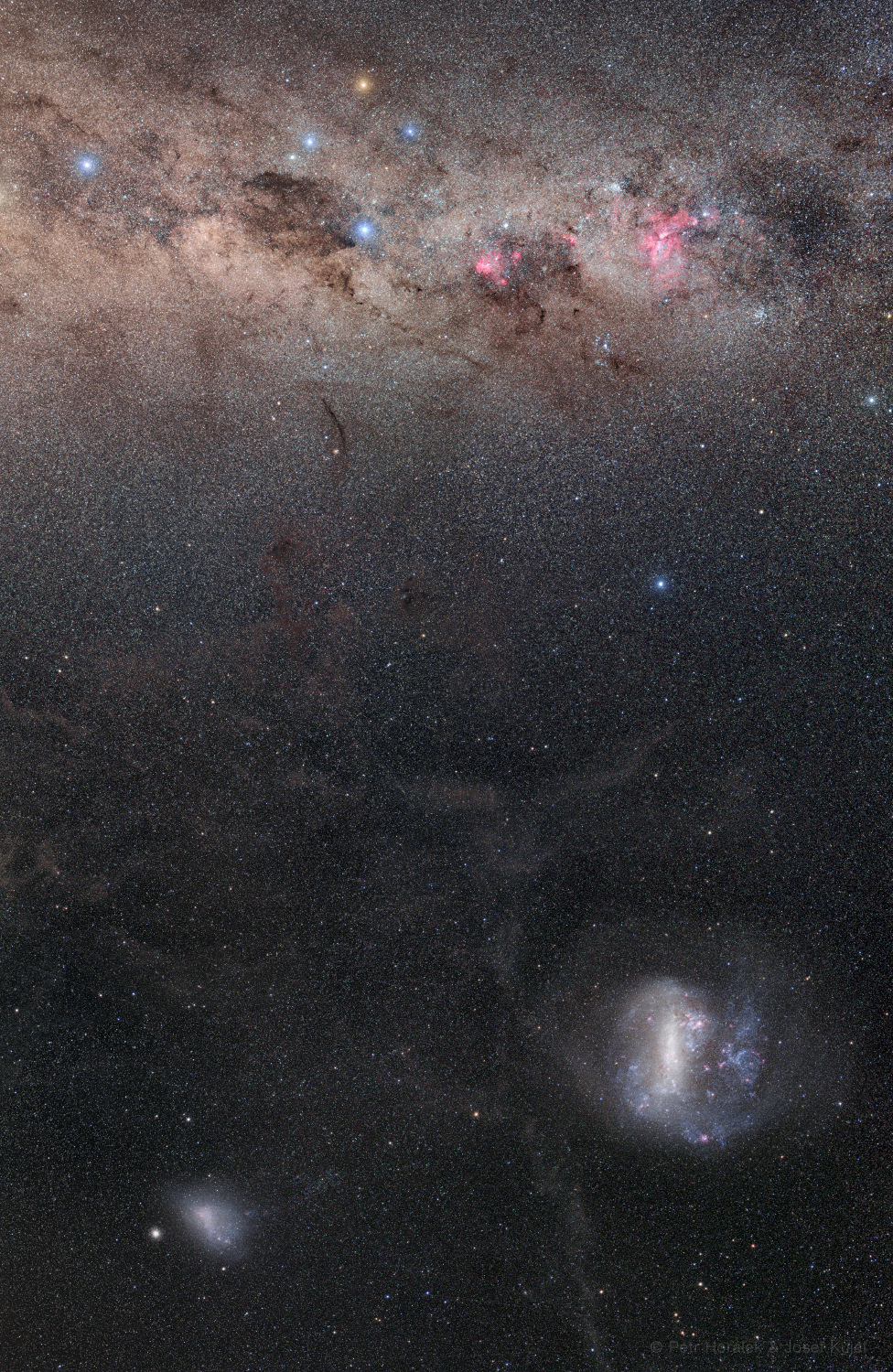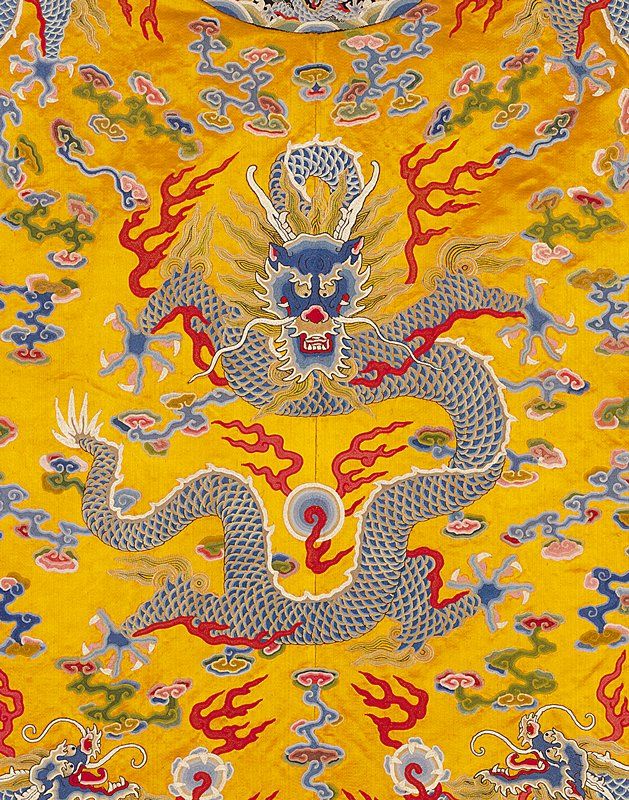Blog
John Richard Baldwin (born 3 January 1946), better known by his stage name John Paul Jones, is an English musician and record producer who was the bassist and keyboardist for the rock band Led Zeppelin. Prior to forming the band with Jimmy Page in 1968, he was a session musician and arranger. After the death of drummer John Bonham in 1980, Led Zeppelin disbanded, and Jones developed a solo career. He has collaborated with musicians across a variety of genres, including Josh Homme and Dave Grohl with the supergroup Them Crooked Vultures.
more...Stephen Arthur Stills (born January 3, 1945 Dallas, TX) is an American singer, songwriter, and multi-instrumentalist best known for his work with Buffalo Springfield and Crosby, Stills, Nash & Young. As both a solo act and member of two successful bands, Stills has combined record sales of over 35 million albums. He was ranked number 28 in Rolling Stone‘s 2003 list of “The 100 Greatest Guitarists of All Time” and number 47 in the 2011 list. Stills became the first person to be inducted twice on the same night into the Rock and Roll Hall of Fame. According to Neil Young, “Stephen is a genius.”
Beginning his professional career with Buffalo Springfield, he composed “For What It’s Worth“, which became one of the most recognizable songs of the 1960s. Other notable songs he contributed to the band were “Sit Down, I Think I Love You“, “Bluebird“, and “Rock & Roll Woman”. According to bandmate Richie Furay, he was “the heart and soul of Buffalo Springfield”.
After Buffalo Springfield disbanded, Stills began working with David Crosby and Graham Nash as a trio called Crosby, Stills & Nash (CSN). In addition to writing many of the band’s songs, Stills played bass, guitar, and keyboards on their debut album. The album sold over four million copies and at that point had outsold anything from the three members’ prior bands: the Byrds, Buffalo Springfield, and the Hollies. The album won the trio a Grammy Award for Best New Artist.
Stills’s first solo album, Stephen Stills, earned a gold record and is the only album to feature both Jimi Hendrix and Eric Clapton. Its hit single “Love the One You’re With” became his biggest solo hit, peaking at number 14 on the Billboard Hot 100.[7] Stills followed this with a string of solo albums, as well as starting a band with Chris Hillman called Manassas in 1972. In the summer 1974, Young reunited with CSN after a four-year hiatus for a concert tour that was recorded and released in 2014 as CSNY 1974. It was one of the first stadium tours and the largest tour the band has done to date.CSN reunited in 1977 for their album CSN, which became the trio’s best-selling record. CSN and CSNY continued to have platinum albums through the 1980s.
more...John Jenkins (January 3, 1931 – July 12, 1993) was an American jazz saxophonist.
Jenkins initially studied clarinet in high school but switched to saxophone after six months on the instrument. He played in jam sessions led by Joe Segal at Roosevelt College from 1949-1956. He played with Art Farmer in 1955 and led his own group in Chicago later that year. In 1957 he played with Charles Mingus and recorded two albums as a leader. He played as a sideman with Johnny Griffin Donald Byrd, Hank Mobley, Paul Quinichette, Clifford Jordan, Sahib Shihab, and Wilbur Ware in the late 1950s and early 1960s, but essentially dropped out of music after 1962, aside from a few dates with Gloria Coleman.
After leaving the jazz world he worked as a messenger in New York and dabbled in jewelry; he sold brass objects at street fairs in the 1970s. After 1983 he began practicing again and playing live on street corners; shortly before his death he played with Clifford Jordan.
more...Herbert Horatio Nichols (3 January 1919 – 12 April 1963) was an American jazz pianist and composer who wrote the jazz standard “Lady Sings the Blues“. Obscure during his lifetime, he is now highly regarded by many musicians and critics.
He was born in San Juan Hill, Manhattan in New York City, to parents from St. Kitts and Trinidad, and grew up in Harlem. During much of his career, he took work as a Dixieland musician while working on the more adventurous kind of jazz he preferred. He is best known today for these compositions, program music that combines bop, Dixieland, and music from the Caribbean with harmonies from Erik Satie and Béla Bartók.
His first known work as a musician was with the Royal Barons in 1937, but he did not find performing at Minton’s Playhouse a few years later a very happy experience. The competition didn’t suit him. However, he did become friends with pianist Thelonious Monk.
Nichols was drafted into the Army in 1941. After the war he worked in various settings, beginning to achieve some recognition when Mary Lou Williams recorded some of his songs in 1952. From about 1947 he persisted in trying to persuade Alfred Lion at Blue Note Records to sign him up. He finally recorded some of his compositions for Blue Note in 1955 and 1956, some of which were not issued until the 1980s. His tune “Serenade” had lyrics added, and as “Lady Sings the Blues” became firmly identified with Billie Holiday. In 1957 he recorded his last album for Bethlehem Records. Nichols died from leukemia in New York City at the age of 44.
more...NGC 2798 is a barred spiral galaxy in the constellation Lynx. NGC 2798 and NGC 2799 are listed under the Arp Catalogue as Arp 283 and noted as an “interacting galaxy pair”. The galaxy is listed in the New General Catalogue. Galaxy NGC 2799 (on the left) and galaxy NGC 2798 (on the right) form a “galactic waterfall,” which stands out in this image snapped by the Hubble Space Telescope. These are interacting galaxies, which influence each other and may eventually even merge.

roy Andrews (born January 2, 1986), also known by the stage name Trombone Shorty, is an American musician, producer, actor and philanthropist from New Orleans, Louisiana. He is best known as a trombone and trumpet player but also plays drums, organ, and tuba. He has worked with some of the biggest names in rock, pop, jazz, funk, and hip hop. Andrews is the younger brother of trumpeter and bandleader James Andrews and the grandson of singer and songwriter Jessie Hill. Other musical family members are cousins Glen David Andrews and the late Travis “Trumpet Black” Hill. Andrews began playing trombone at age four, and since 2009 has toured with his own band, Trombone Shorty & Orleans Avenue.
Mehmet Barış Manço (born Tosun Yusuf Mehmet Barış Manço; 2 January 1943 – 1 February 1999), better known by his stage name Barış Manço, was a Turkish rock musician, singer, songwriter, composer, actor, television producer and show host. Beginning his musical career while attending Galatasaray High School, he was a pioneer of rock music in Turkey and one of the founders of the Anatolian rock genre. Manço composed around 200 songs and is among the best-selling and most awarded Turkish artists to date. Many of his songs were translated into a variety of languages including English, French, Japanese, Greek, Italian, Bulgarian, Romanian, Persian, Hebrew, Urdu, Arabic, and German, among others.[4]Through his TV program, 7’den 77’ye (“From 7 to 77”), Manço traveled the world and visited many countries on the globe.[5] He remains one of the most popular public figures of Turkey.
more...
Hisao Oma “Isao” Suzuki (鈴木 勲, Suzuki Isao, born January 2, 1933 in Tokyo) is a Japanese jazz double-bassist.
Suzuki learned to play bass on United States military bases, and played early in his career with Shotaru Mariyasu, Hidehiko Matsumoto, and Sadao Watanabe. He led his own ensemble in Tokyo from 1965-1969, also playing with Hampton Hawes in 1968. He moved to New York City from 1969 to 1971, playing with Ron Carter, Paul Desmond, Ella Fitzgerald, Jim Hall, Wynton Kelly, Charles Mingus, Thelonious Monk, and Bobby Timmons. Returning to Japan, he played with Kenny Burrell and Mal Waldron in addition to his own ensembles. Later in the 1970s he began expanding his instrumental repertoire, playing cello and piccolo bass. He was a cofounder of the Japanese Bass Players Club with Hideto Kanai, and opened a jazz club in Osaka in 1987.
more...Frank L. Marocco (January 2, 1931 – March 3, 2012) was an American piano-accordionist, arranger and composer. He was recognized as one of the most recorded accordionists in the world.
Born in Joliet, Illinois Frank Marocco grew up in Waukegan, near Chicago. At the age of seven years, his parents enrolled him in a six-week beginner class for learning to play the accordion.
more...Nick Fatool (January 2, 1915 – September 26, 2000) was an American jazz drummer.
Fatool first played professionally in Providence, Rhode Island, which he followed with time in Joe Haymes‘s band in 1937 and Don Beston‘s in Dallas soon after. In 1939 he played with Bobby Hackett briefly, and then became a member of the Benny Goodman Orchestra. He became one of the most visible drummers of the 1940s, playing with Artie Shaw (1940–41), Alvino Rey (1942–43), Claude Thornhill, Les Brown, and Jan Savitt. In 1943 he moved to Los Angeles and took work as a session musician, recording profusely. Credits include Harry James, Erroll Garner (1946), Louis Armstrong(1949, 1951), Jess Stacy, Tommy Dorsey, Matty Matlock, John Scott Trotter and Glen Gray. He began an association with Bob Crosby, playing with him regularly between 1949 and 1951 and occasionally with Crosby’s Bobcats into the 1970s.
more...mick will perform his Roots version of I Fought the Law/Dirty Old Town and a Wailing Souls tune

The South Celestial Pole is easy to spot in star trail images of the southern sky. The extension of Earth’s axis of rotation to the south, it’s at the center of all the southern star trail arcs. In this starry panoramastreching about 60 degrees across deep southern skies the South Celestial Pole is somewhere near the middle though, flanked by bright galaxies and southern celestial gems. Across the top of the frame are the stars and nebulae along the plane of our own Milky Way Galaxy. Gamma Crucis, a yellowish giant star heads the Southern Cross near top center, with the dark expanse of the Coalsack nebula tucked under the cross arm on the left. Eta Carinae and the reddish glow of the Great Carina Nebula shine along the galactic plane near the right edge. At the bottom are the Large and Small Magellanic clouds, external galaxies in their own right and satellites of the mighty Milky Way. A line from Gamma Crucis through the blue star at the bottom of the southern cross, Alpha Crucis, points toward the South Celestial Pole, but where exactly is it? Just look for south pole star Sigma Octantis. Analog to Polaris the north pole star, Sigma Octantis is little over one degree fom the the South Celestial pole.

more...
January 1 1985
Guinean Kora virtuoso, singer and composer, Sekou Kouyate, who invented the electrified kora at the age of 12 – and went on to pioneer the sound with fast riffs, experimental distortions and rock and reggae-influenced playing.
His family band, Section Kora, impressed audiences and the press on their recent successful tours Scandinavia and Mexico – and they recorded this album during visits to Copenhagen in 2014 and 2015, with the guest star, Francis Kweku Osei for Ghana. Some of the songs are performed entirely by the multi instrumentalist Sekou Kouyate.
More Posts
- The Cosmos with UGC 6945
- Allen Toussaint Day
- Kenny Wheeler Day
- Grady Tate Day
- World Music with Alboka
- Daily Roots with Joe White & Chuck
- Echos of Freedom by Chief Joseph
- The Cosmos with NGC 3310
- Joe Pass Day
- Danny Barker Day
- World Music with Vardan Hovanissian & Emre Gültekin
- Daily Roots with the Four Aces
- The Cosmos with Centaurus A
- George Duke Day
- Jay McShann Day
- Mississippi Fred McDowell Day
- World Music with Kunta Kinte
- Daily Roots with The Techniques
- The Cosmos with NGC 7814
- Lee Ritenour Day
